当前位置:网站首页>Explain task scheduling based on Cortex-M3 in detail (Part 2)
Explain task scheduling based on Cortex-M3 in detail (Part 2)
2022-07-05 08:04:00 【Car chezi】
List of articles
stay The explanation is based on Cortex-M3 Task scheduling ( On )_ The car (chezi)-CSDN Blog In this article , We already have a theoretical basis , This article , Let's write code and practice .
The code is based on the project provided by netizens and the reference code in the book , Don't ask for everything , Just clarify the principle .
Project description
I use it STM32F103 This chip , The engineering structure is shown in the figure :
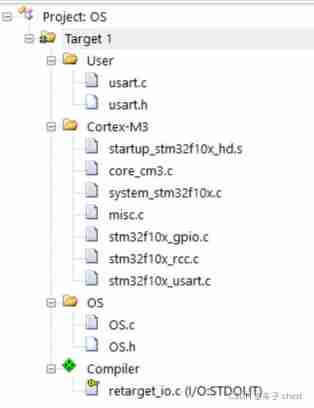
User The following is the bare board driver of the serial port , Call the official library function , Very routine ;
Cortex-M3 The following are the documents provided by the manufacturer , Generally, there is no need to modify ;
OS The following is the focus of this article , The essence of task scheduling is in it ;
Compiler Here are the components I added , from ARM Provide , You don't have to modify it . Convenient to use when there is no board PC Simulation run .
experimental result
The result is 4 Tasks are executed in turn . Although every task code has while(1), But it won't always occupy CPU, When its time slice arrives ,OS Will deprive it of CPU Right to use , Let the next task run .
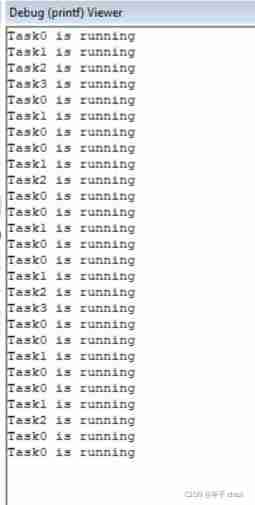
If you have a board , Then use serial port output . Need to be in RTE_Components.h Comment out these two lines in the file
//#define RTE_Compiler_IO_STDOUT /* Compiler I/O: STDOUT */
//#define RTE_Compiler_IO_STDOUT_ITM /* Compiler I/O: STDOUT ITM */
If there is no board , During the simulation , open Debug(printf) Viewer The window will do .
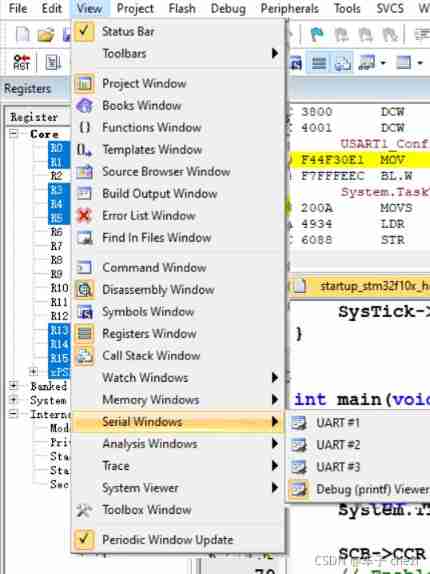
Code explanation
The beat of the clock
The last blog post said , System tick timer (SYSTICK) Interruption is necessary , Trigger task switching in this interrupt .
void OSSysTickInit(void)
{
//Systick Timer initial
char *Systick_priority = (char *)0xe000ed23; //Systick Interrupt priority register
SysTick->LOAD = (SystemCoreClock/8/1000000)* 1000; //Systick Timer reload Count 9000 Time =1ms
*Systick_priority = 0x00; //Systick Timer interrupt priority
SysTick->VAL = 0; //Systick Timer counter clear 0
SysTick->CTRL = 0x3;//Systick Open and enable interrupt , And use an external crystal oscillator clock ,8 frequency division 72MHz/8=9MHz Count 9000 Time =1ms Count 9 Time =1us
}
To configure SYSTICK The counting frequency of , Then enable SYSTICK And interrupt .
If SystemCoreClock yes 72MHz, Namely 1ms An interruption .
void SysTick_Handler(void) // 1KHz
{
System.TimeMS++; // The system clock beats are accumulated
if((--System.TaskTimeSlice) == 0) {
System.TaskTimeSlice = TASK_TIME_SLICE;// Reset the initial value of the time slice
task_switch();
}
}
That's all SYSTICK Interrupt handling function .System.TaskTimeSlice The initial value of 10;
stay main() There are initialization statements in :
System.TaskTimeSlice = TASK_TIME_SLICE; // #define TASK_TIME_SLICE 10
System.OSRunning = OS_TRUE;
System.TimeMS = 0;
in other words 10ms Switch tasks once .
Be careful , This is task scheduling based on time slice , Not based on priority .
Task switching task_switch()
void task_switch(void)
{
if(System.OSLockNesting != 0)
return;
switch(curr_task) {
case(0):
next_task=1;
break;
case(1):
next_task=2;
break;
case(2):
next_task=3;
break;
case(3):
next_task=0;
break;
default:
next_task=0;
stop_cpu;
break; // Should not be here
}
if (curr_task != next_task){
// Context switching needed
SCB->ICSR |= SCB_ICSR_PENDSVSET_Msk; // Set PendSV to pending
}
}
The first 3 That's ok : Determine whether the scheduler is locked , If it is , Prohibit task switching , Go straight back to .
The logic of switching is simple , Only 0-3 A mission , 0 Cut to 1,1 Cut to 2,….next_task It's a global variable , Record the next task number .
The first 26 OK, it's important , Set up PendSV Interruption hangs . When SYSTICK After service interruption and exit , We'll be in... Soon PendSV Interruption of service .
Although this function is called task_switch, But the real switch is in PendSV Interrupt service .
PendSV_Handler
__asm void PendSV_Handler(void)
{
// Simple version - assume No floating point support
// Save current context
MRS R0, PSP // Get current process stack pointer value
STMDB R0!,{
R4-R11} // Save R4 to R11 in task stack (8 regs)
LDR R1,=__cpp(&curr_task)
LDR R2,[R1] // Get current task ID
LDR R3,=__cpp(&PSP_array)
STR R0,[R3, R2, LSL #2] // Save PSP value into PSP_array
// Load next context
LDR R4,=__cpp(&next_task)
LDR R4,[R4] // Get next task ID
STR R4,[R1] // Set curr_task = next_task
LDR R0,[R3, R4, LSL #2] // Load PSP value from PSP_array
LDMIA R0!,{
R4-R11} // Load R4 to R11 from taskstack (8 regs)
MSR PSP, R0 // Set PSP to next task
BX LR // Return
ALIGN 4
}
This code is short , But it is the essence of task switching , In short, save the context of the current task , Load the context of the next task .
stay PendSV_Handler After occurrence , There will be 8 Registers are automatically stacked ,7-8 Line is used to manually press the stack in addition 8 A register .
We say it sentence by sentence .
The first 7 That's ok :MRS R0, PSP
Load stack pointer to R0, That is to find the stack of the current task
The first 8 That's ok :STMDB R0!,{R4-R11}
R0 = R0-4, hold R11 The value of the R0 Memory pointed to ; then R0 = R0-4, hold R10 The value of the R0 Memory pointed to ;…
To be more intuitive , I got a picture :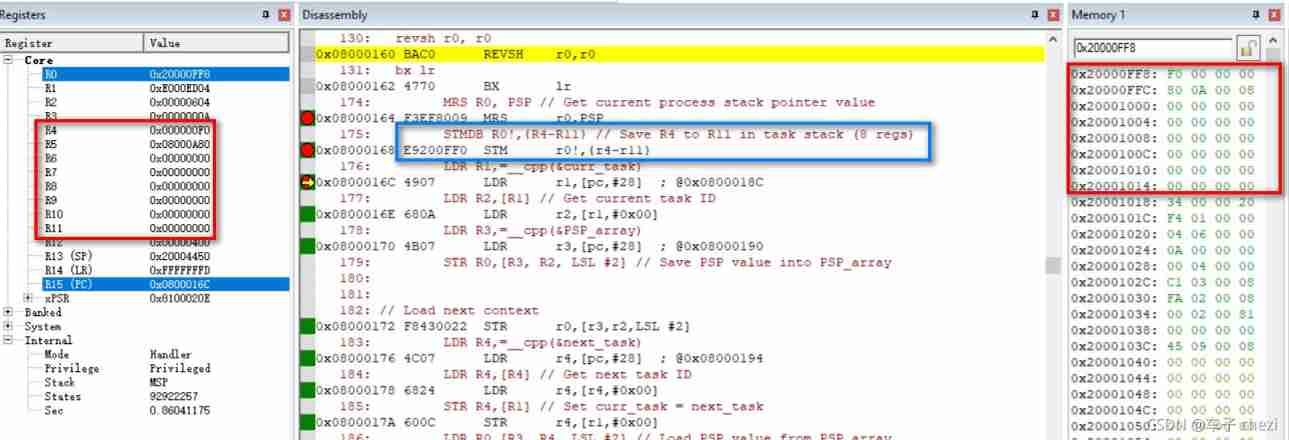
This picture is just after pressing the stack , You can see ,R4 It's the last one pressed in . The box on the right shows the stack of a task .
The first 9 That's ok :LDR R1,=__cpp(&curr_task)
This sentence means to put variables curr_task The address of is assigned to R1
The first 10 That's ok :LDR R2,[R1] // Get current task ID
take R1 Point to R2, That is, get the number of the current task
The first 11 That's ok :LDR R3,=__cpp(&PSP_array)
Take an array PSP_array[] The address to R3
The first 12 That's ok :STR R0,[R3, R2, LSL #2]
Equivalent to pseudo code STR R0,[R3, R2<<2], That is to say STR R0,[R3 + R2*4]
because R2 Inside is the number of the current task , therefore [R3 + R2*4] Is indexed by task number PSP_array Array ( Each element accounts for 4 Bytes ), Meaning is to put the R0 The value of is saved to PSP_array[R2] , combination R0 Point to the stack of the current task , That is to save the stack pointer of the current task to the array .
The above operation , In fact, it saves the context of the current task .
Let's continue to look at the code :
LDR R4,=__cpp(&next_task)
LDR R4,[R4] // Get next task ID
STR R4,[R1] // Set curr_task = next_task
LDR R0,[R3, R4, LSL #2] // Load PSP value from PSP_array
LDMIA R0!,{
R4-R11} // Load R4 to R11 from taskstack (8 regs)
MSR PSP, R0 // Set PSP to next task
BX LR // Return
1: Get variables next_task The address to R4
2: hold R4 Point to R4, That is to get the number of the next task
3: Storage R4 Value to R1 Memory pointed to ,R1 yes curr_task The pointer to , So it is to assign the number of the next task to the variable curr_task , use C Language expression is curr_task = next_task;
4: amount to LDR R0,[R3, R4*4], That is to R4 The value of is the subscript index PSP_array Array , Give the value inside R0, Connecting is to get the next task PSP To R0
5: Manually stack , Put the next task on the stack 8 Values are restored to the corresponding register . be left over 8 What can I do ? It will automatically stack when the interrupt returns .IA Indicates that the address increases after each transmission 4, The stack order is first R4, Again R5,…, Last R11
6: use R0 Adjust stack pointer PSP, Prepare for the automatic stack out later
7: Start the exception return process
After the above statement is executed , Will switch to the next task .
The code for the task
void task0(void) // Mission 0
{
while(1)
{
OSprintf("Task0 is running\r\n");
OS_delayMs(500); // Task delay
}
}
void task1(void) // Mission 1
{
while(1)
{
OSprintf("Task1 is running\r\n");
OS_delayMs(1000); // Task delay
}
}
void task2(void) // Mission 2
{
while(1)
{
OSprintf("Task2 is running\r\n");
OS_delayMs(2000); // Task delay
}
}
void task3(void) // Mission 3
{
while(1)
{
OSprintf("Task3 is running\r\n");
OS_delayMs(4000); // Task delay
}
}
Foolishly did four tasks , Each task outputs a sentence to the serial port .
OSprintf There is an operation to lock and unlock the scheduler , Prevent the printing of each task from being confused . The relevant code is :
#define OS_CORE_ENTER __disable_irq
#define OS_CORE_EXIT __enable_irq
#define OSprintf(fmt, ...) \ {
OSSchedLock(); printf( fmt, ##__VA_ARGS__); OSSchedUnlock();}
// System Boolean
#define OS_FALSE 0
#define OS_TRUE 1
// System variable type definition
typedef struct
{
INT8U OSRunning; // Run flag variable
INT8U OSLockNesting; // Task switching lock level statistical variable
volatile INT32U TimeMS; // Cumulative variable of system clock beat
INT32U TaskTimeSlice; // Task time slice
}SYSTEM;
// System variables
SYSTEM System;
void OSSchedLock(void) // Task switching lock
{
OS_CORE_ENTER(); // Close the interrupt
if(System.OSRunning == OS_TRUE)
{
if (System.OSLockNesting < 255u) // Task locking can be nested to the maximum 255 layer
System.OSLockNesting++;
}
OS_CORE_EXIT(); // Open the interrupt
}
void OSSchedUnlock(void) // Task switching unlock
{
OS_CORE_ENTER();
if(System.OSRunning == OS_TRUE)
{
if (System.OSLockNesting > 0)
System.OSLockNesting--;
}
OS_CORE_EXIT();
}
INT32U GetTime(void)
{
return System.TimeMS;
}
void OS_delayMs(INT32U ms)
{
INT32U counter;
counter = GetTime() + ms;
while(1){
if(counter < GetTime())
break;
}
}
OS_delayMs There is something wrong with this function , The overflow of timer is not considered . in addition ,OS_delayMs This function will not suspend the current task . A better way is when the task calls this function , Give up on your own initiative CPU, Now CPU You can choose other tasks to perform . When the delay time is up , The suspended task is restored to the ready state .
Important global variables
// Stack for each task (4K bytes each)
unsigned int task0_stack[1024],
task1_stack[1024],
task2_stack[1024],
task3_stack[1024];
// Data use by OS
uint32_t curr_task = 0; // Current task
uint32_t next_task = 1; // Next task
uint32_t PSP_array[4]; // Process Stack Pointer for each task
2-5: Defined 4 An array , They correspond to each other 4 Stack of tasks
10-11:curr_task Record the number of the current task ,next_task Record the number of the next task
12: Array PSP_array Stack pointer used to save each task .
Actually, there should be a management task TCB( Task control block ), But our code is relatively crude ( Prevent the guest from dominating ), So we use these global variables to deal with .
main() function
So much bedding , Finally come to the main function .
#define HW32_REG(ADDRESS) (*((volatile unsigned long *)(ADDRESS)))
int main(void)
{
USART1_Config(115200); // A serial port 1 Incipient application
System.TaskTimeSlice = TASK_TIME_SLICE; // Set time slice to 10ms
System.OSRunning = OS_TRUE;
System.TimeMS = 0;
SCB->CCR |= SCB_CCR_STKALIGN_Msk;
// Enable double word stack alignment
//(recommended in Cortex-M3 r1p1, default in Cortex-M3 r2px and Cortex-M4)
// Create stack frame for task0
PSP_array[0] = ((unsigned int) task0_stack) + (sizeof task0_stack) - 16*4;
HW32_REG((PSP_array[0] + (14<<2))) = (unsigned long) task0;
// initial Program Counter
HW32_REG((PSP_array[0] + (15<<2))) = 0x01000000; // initial xPSR
// Create stack frame for task1
PSP_array[1] = ((unsigned int) task1_stack) + (sizeof task1_stack) - 16*4;
HW32_REG((PSP_array[1] + (14<<2))) = (unsigned long) task1;
// initial Program Counter
HW32_REG((PSP_array[1] + (15<<2))) = 0x01000000; // initial xPSR
// Create stack frame for task2
PSP_array[2] = ((unsigned int) task2_stack) + (sizeof task2_stack) - 16*4;
HW32_REG((PSP_array[2] + (14<<2))) = (unsigned long) task2;
// initial Program Counter
HW32_REG((PSP_array[2] + (15<<2))) = 0x01000000; // initial xPSR
// Create stack frame for task3
PSP_array[3] = ((unsigned int) task3_stack) + (sizeof task3_stack) - 16*4;
HW32_REG((PSP_array[3] + (14<<2))) = (unsigned long) task3;
// initial Program Counter
HW32_REG((PSP_array[3] + (15<<2))) = 0x01000000; // initial xPSR
curr_task = 0; // Switch to task #0 (Current task)
__set_PSP((PSP_array[curr_task] + 16*4)); // Set PSP to top of task 0 stack
NVIC_SetPriority(PendSV_IRQn, 0xFF); // Set PendSV to lowest possible priority
OSSysTickInit();
__set_CONTROL(0x3); // Switch to use Process Stack, unprivileged state
__ISB(); // Execute ISB after changing CONTROL (architectural recommendation)
task0(); // Start task 0
while(1){
stop_cpu;// Should not be here
};
}
It is more important to create stack frames for each task , such as
// Create stack frame for task0
PSP_array[0] = ((unsigned int) task0_stack) + (sizeof task0_stack) - 16*4;
HW32_REG((PSP_array[0] + (14<<2))) = (unsigned long) task0;
// initial Program Counter
HW32_REG((PSP_array[0] + (15<<2))) = 0x01000000; // initial xPSR

When in PendSV_Handler When switching in , To manually stack 8 A register ( Blue ), in addition 8 A register ( Red ) Will automatically stack , For the task to be switched ( Tasks to be run ), Its stack pointer should point to R4
So the first 2 That's ok :PSP_array[0] = ((unsigned int) task0_stack) + (sizeof task0_stack) - 16*4;
Subtract 16*4 It means to reserve this 16 Location of registers , hold PSP Point to R4
this 16 There are 2 Give the initial value , One is PC, To point to the entry function of the task ; The other one is xPSR

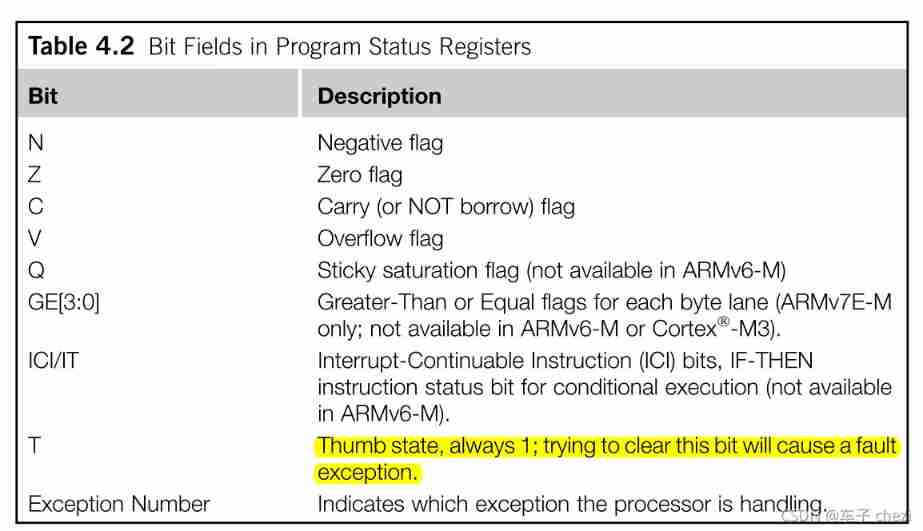
xPSR Of bit[24] Must be 1, Express Thumb state, So there will be code
HW32_REG((PSP_array[0] + (15<<2))) = 0x01000000; // initial xPSR
Continue to look at the code
curr_task = 0; // Switch to task #0 (Current task)
__set_PSP((PSP_array[curr_task] + 16*4)); // Set PSP to top of task 0 stack
NVIC_SetPriority(PendSV_IRQn, 0xFF); // Set PendSV to lowest possible priority
OSSysTickInit(); // SysTick Initialize and enable
__set_CONTROL(0x3); // Switch to use Process Stack, unprivileged state
__ISB(); // Execute ISB after changing CONTROL (architectural recommendation)
task0(); // Start task 0
The first 2 That's ok : Because the stack frame is set in front ,PSP_array[0] In fact, it points to task0 The stack ( In the picture above R4 The location of ), however task0 First run , It's not in PendSV_Handler Switch to the past , But by adjusting the function task0() To start execution , So its stack should be empty , That is to put its PSP Adjust to the highest , So add 16*4
The first 3 That's ok : hold PendSV_Handler Set to the lowest priority , Why do things turn out like this? , You can read my previous blog post : The explanation is based on Cortex-M3 Task scheduling ( On )_ The car (chezi)-CSDN Blog
The first 6 That's ok : Use PSP, And run at the non privileged level
The first 7 That's ok : Command synchronization barrier . Used to empty the assembly line , Make sure that before executing new instructions , The previous instructions have been executed .
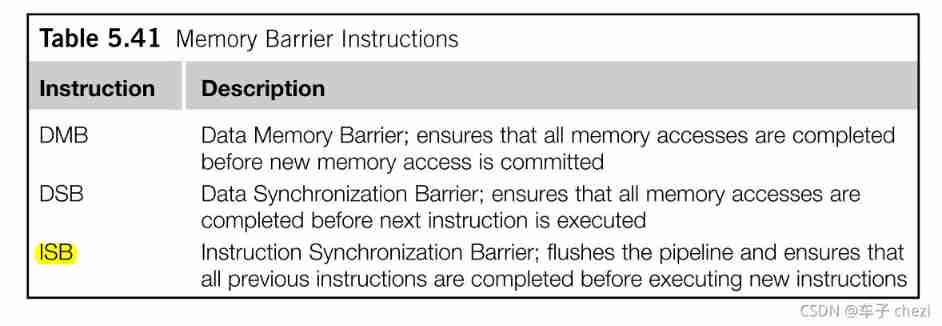

The first 8 That's ok : perform task0. In fact, there are other ways to perform the first task , Like triggering PendSV_Handler, In the interruption “ Switch ” To task0
The above is the whole content of this article , Readers are welcome to criticize and correct .
The code download
link :https://pan.baidu.com/s/1dnl7Cld97hujA3OoxGfd3Q
Extraction code :chez
Reference material
【1】《Cortex-M3 Authoritative guide 》
【2】《The Definitive Guide to ARM Cortex-M3 and Cortex-M4 Processors(Third Edition)》
边栏推荐
- [trio basic from introduction to mastery tutorial XIV] trio realizes unit axis multi-color code capture
- Cadence learning records
- [trio basic tutorial 17 from getting started to mastering] set up and connect the trio motion controller and input the activation code
- Shape template matching based on Halcon learning [VII] reuse_ model. Hdev routine
- Programming knowledge -- assembly knowledge
- Live555 push RTSP audio and video stream summary (III) flower screen problem caused by pushing H264 real-time stream
- Measurement fitting based on Halcon learning [i] fuse Hdev routine
- Verilog -- state machine coding method
- Ten thousand words detailed eight sorting must read (code + dynamic diagram demonstration)
- Measurement fitting based on Halcon learning [III] PM_ measure_ board. Hdev routine
猜你喜欢
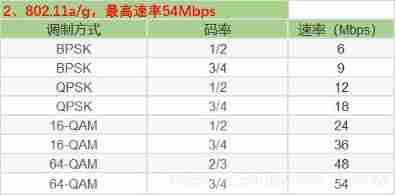
Wifi-802.11 negotiation rate table
![Correlation based template matching based on Halcon learning [II] find_ ncc_ model_ defocused_ precision. hdev](/img/42/d857452ccfeccbbf1ac34f47e47e2e.jpg)
Correlation based template matching based on Halcon learning [II] find_ ncc_ model_ defocused_ precision. hdev
![[tutorial 19 of trio basic from introduction to proficiency] detailed introduction of trio as a slave station connecting to the third-party bus (anybus PROFIBUS DP...)](/img/54/2fe86f54af01f10de93818103f2154.jpg)
[tutorial 19 of trio basic from introduction to proficiency] detailed introduction of trio as a slave station connecting to the third-party bus (anybus PROFIBUS DP...)
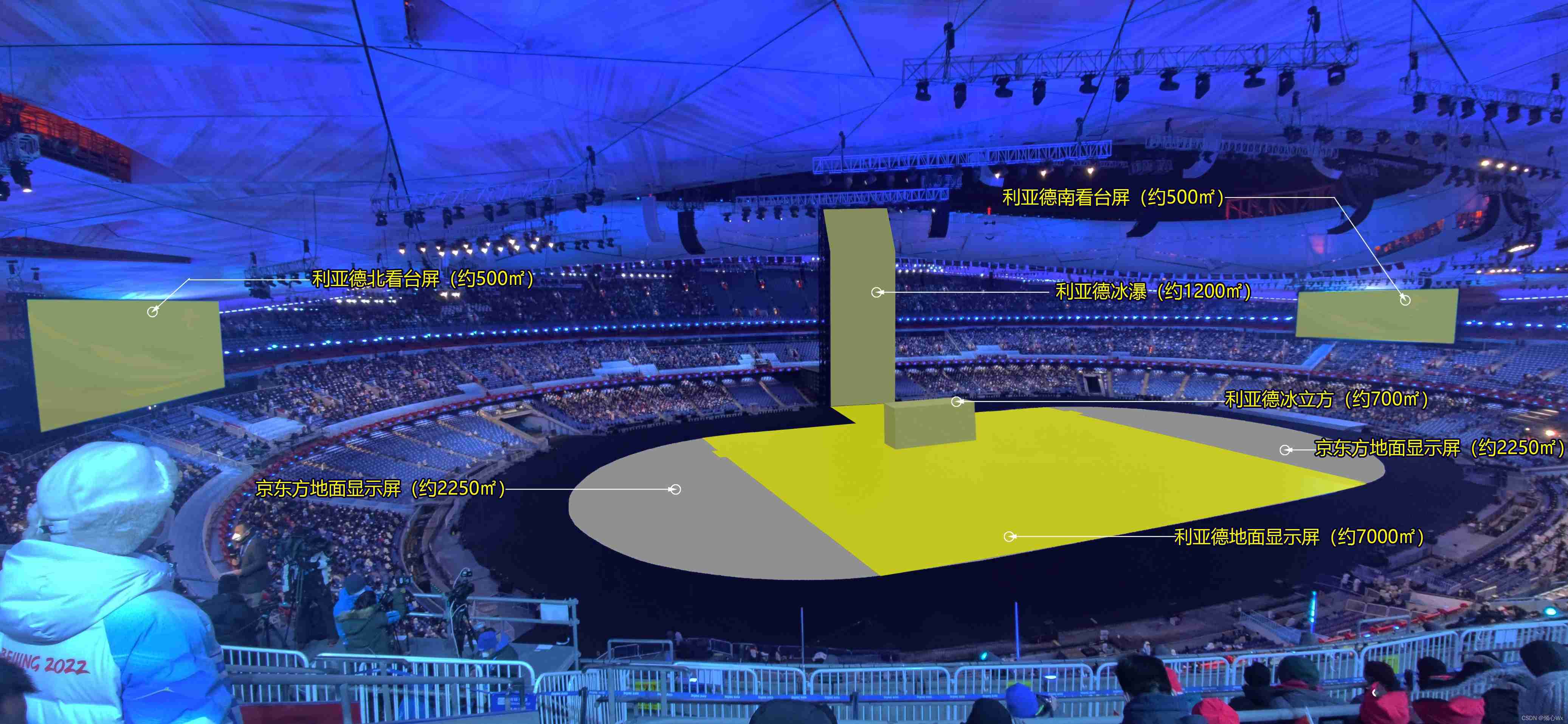
Record the opening ceremony of Beijing Winter Olympics with display equipment
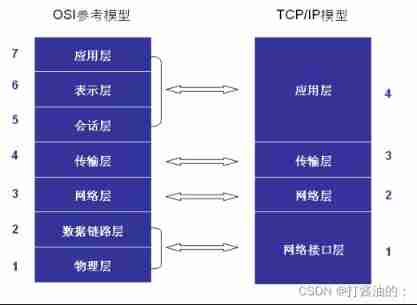
Network communication model -- Network OSI tcp/ip layering

研究發現,跨境電商客服系統都有這五點功能!

Win10 shortcut key

C # joint configuration with Halcon

Class of color image processing based on Halcon learning_ ndim_ norm. hdev
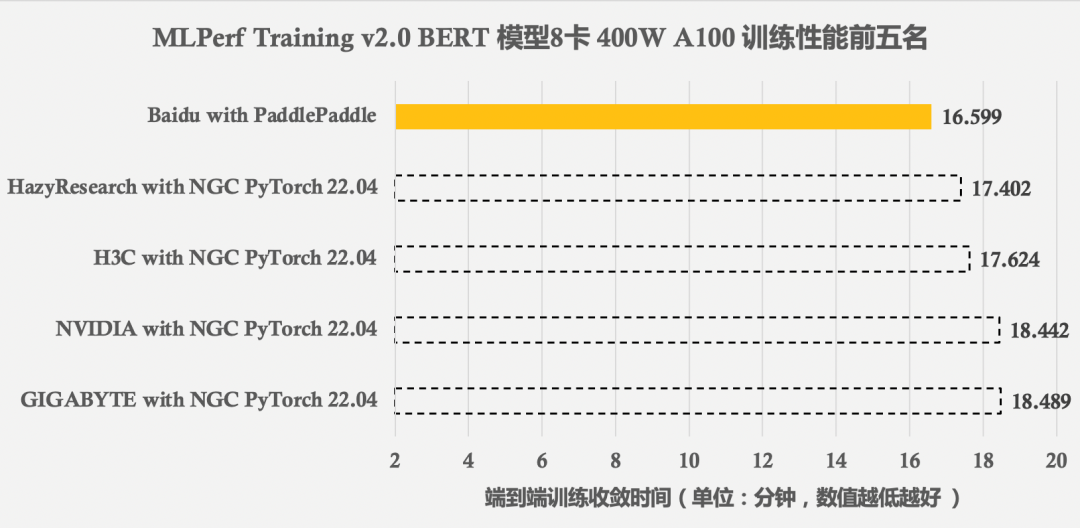
Mlperf training v2.0 list released, with the same GPU configuration, the performance of Baidu PaddlePaddle ranks first in the world
随机推荐
Some errors in configuring the environment
Software designer: 03 database system
Network communication model -- Network OSI tcp/ip layering
Carrier period, electrical speed, carrier period variation
Reasons for rapid wear of conductive slip rings
Record the visual shock of the Winter Olympics and the introduction of the screen 2
Random function usage notes
Pointnet++ classification practice
[professional literacy] core conferences and periodicals in the field of integrated circuits
Volatile of C language
Consul installation
2021-10-28
Shell脚本基本语法
solver. Learning notes of prototxt file parameters
The firmware of the connected j-link does not support the following memory access
VESC Benjamin test motor parameters
【云原生 | 从零开始学Kubernetes】三、Kubernetes集群管理工具kubectl
[professional literacy] specific direction of analog integrated circuits
UEFI development learning series
Relationship between line voltage and phase voltage, line current and phase current